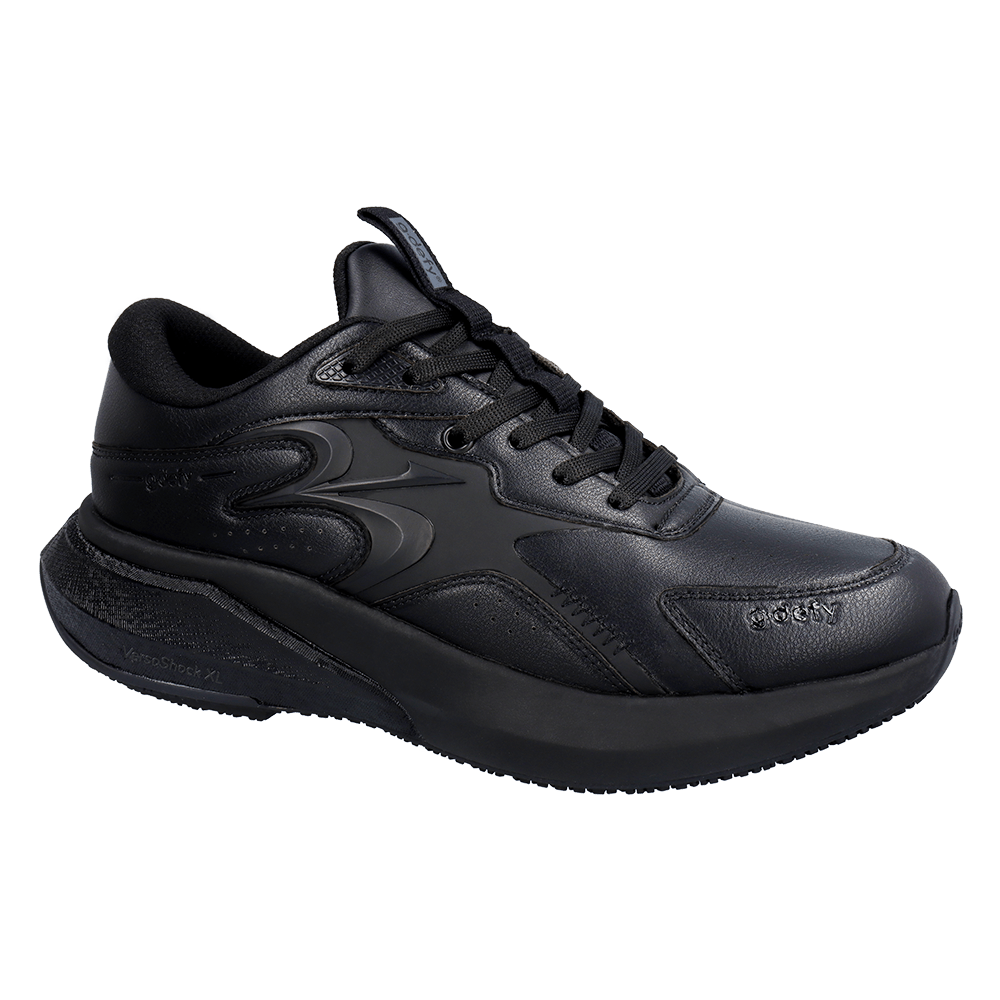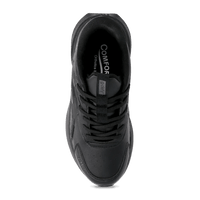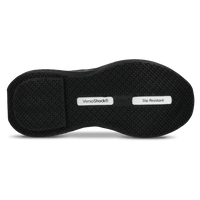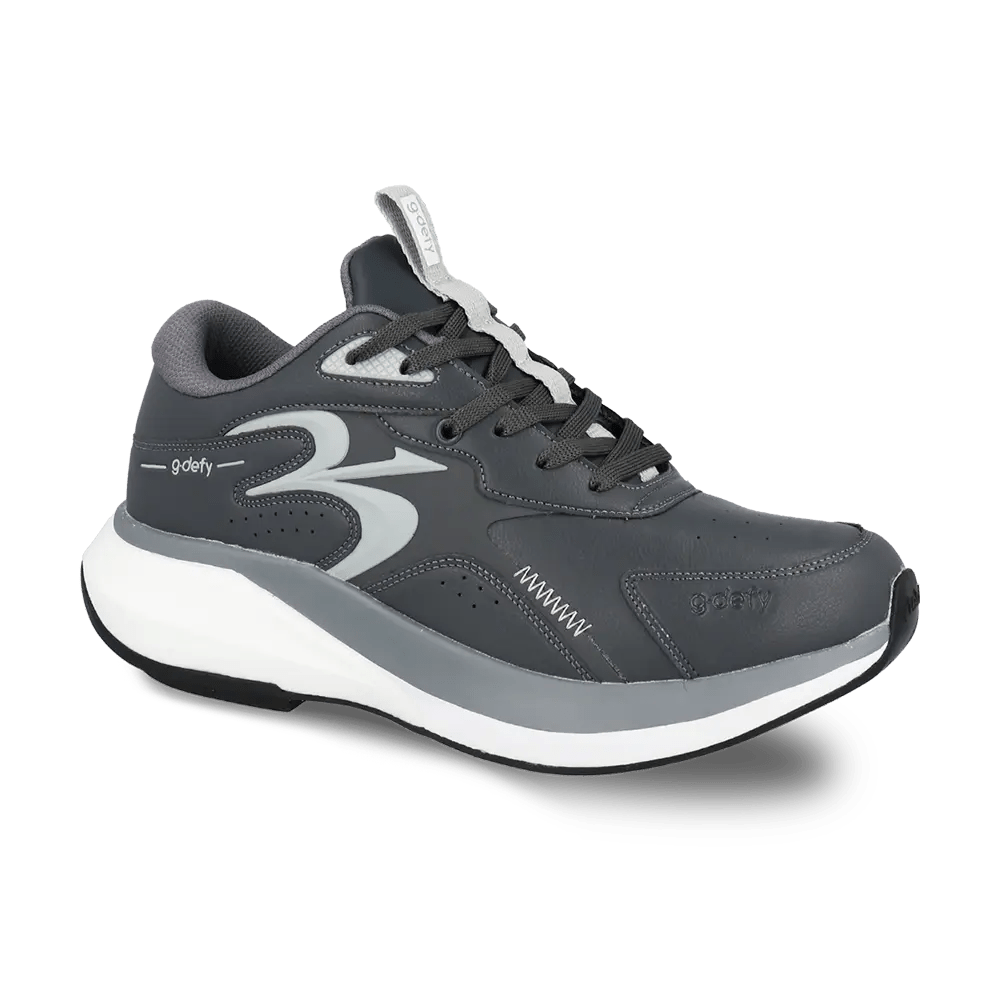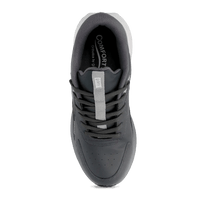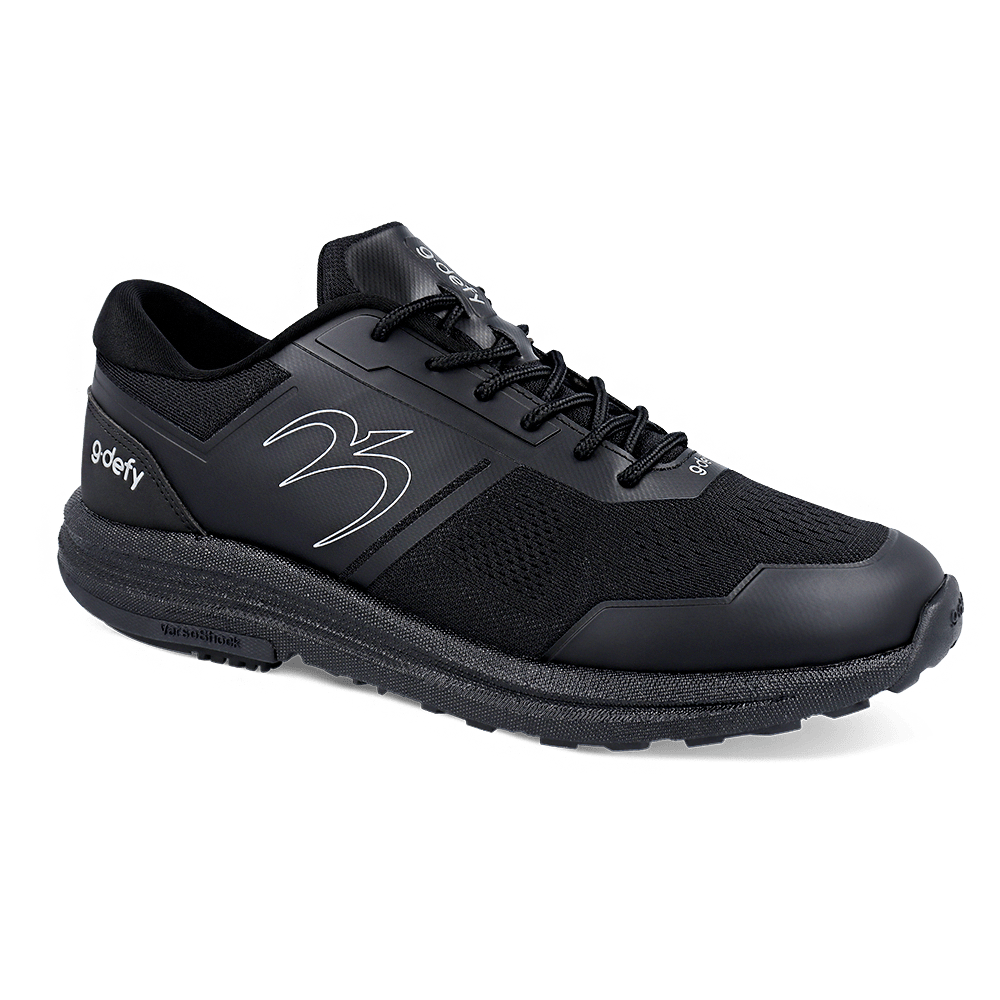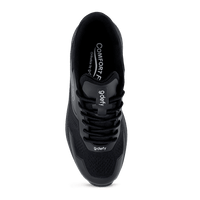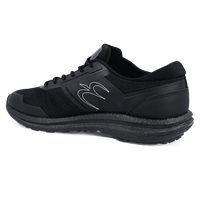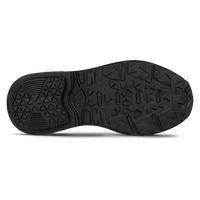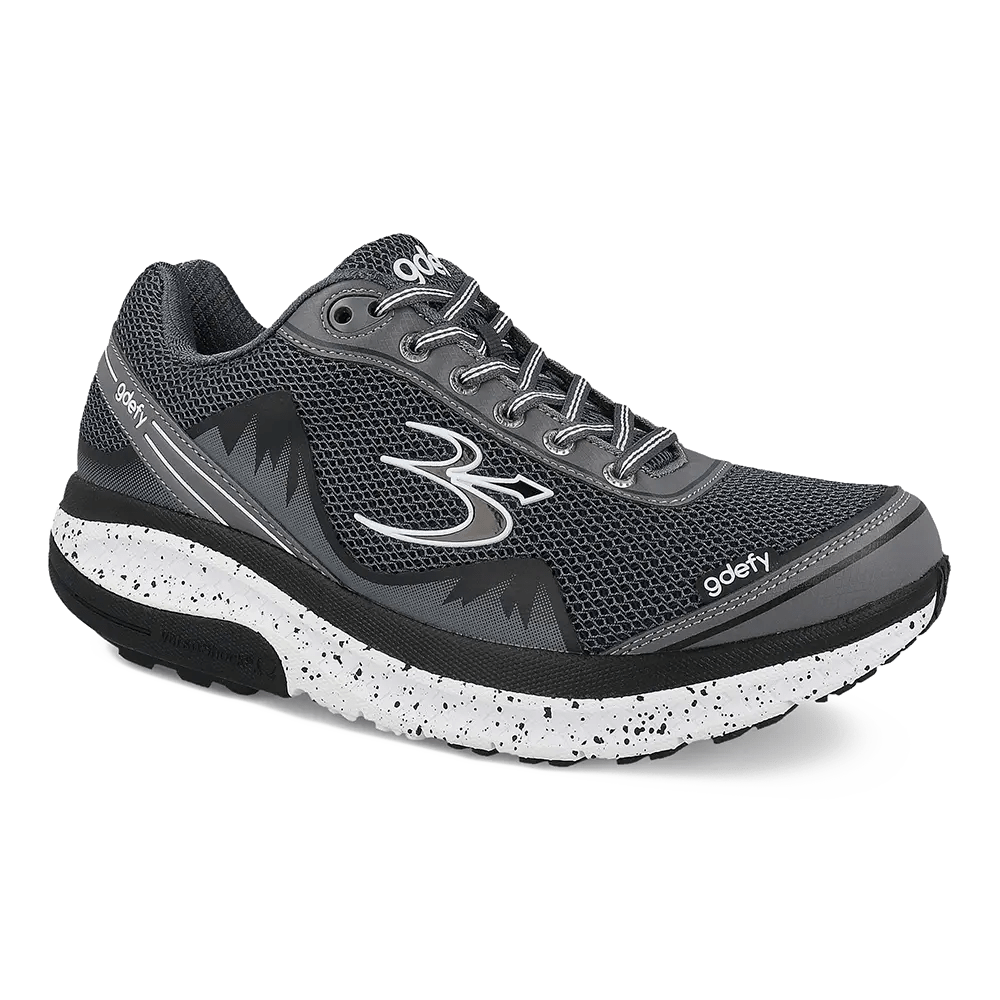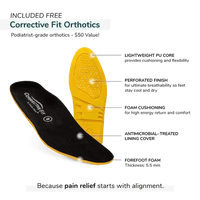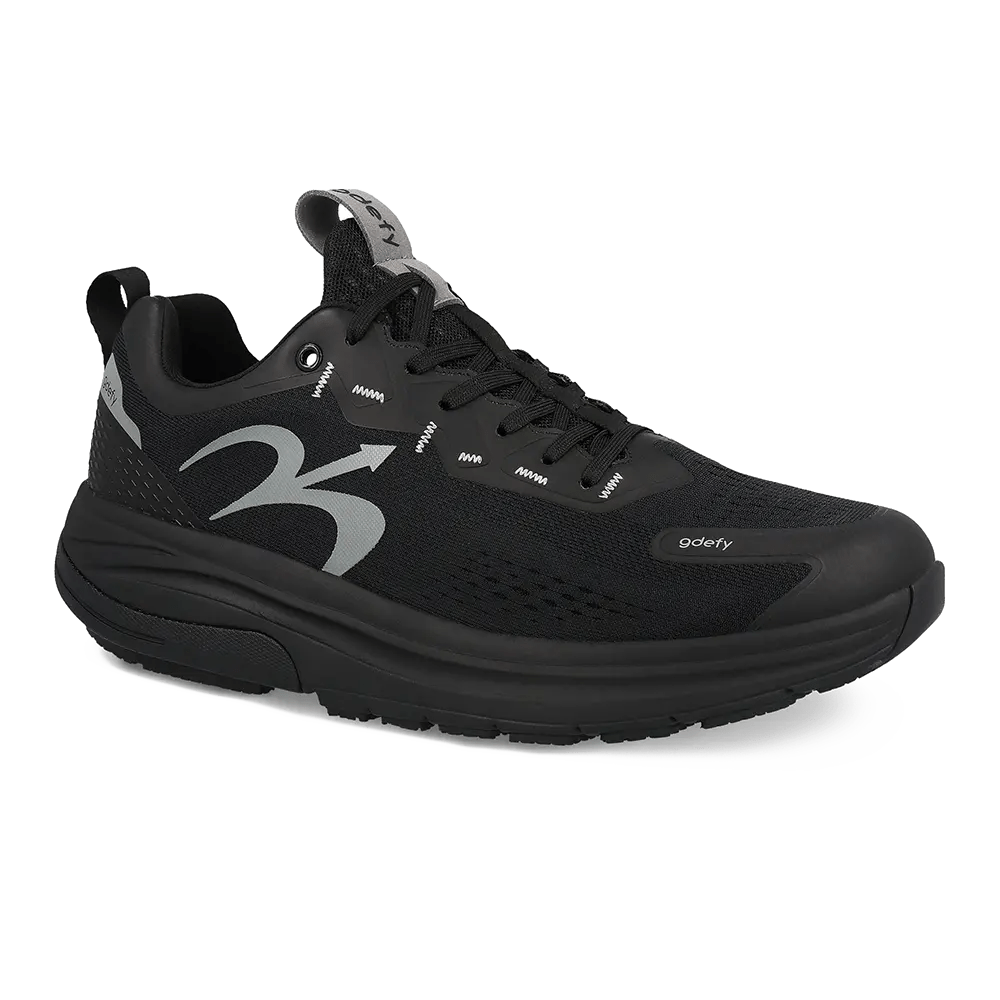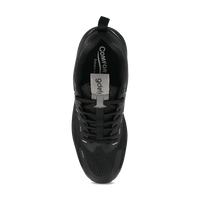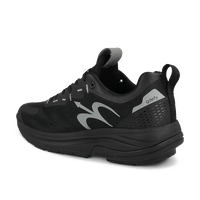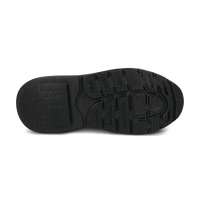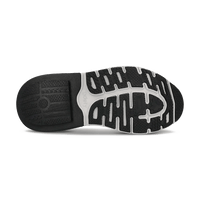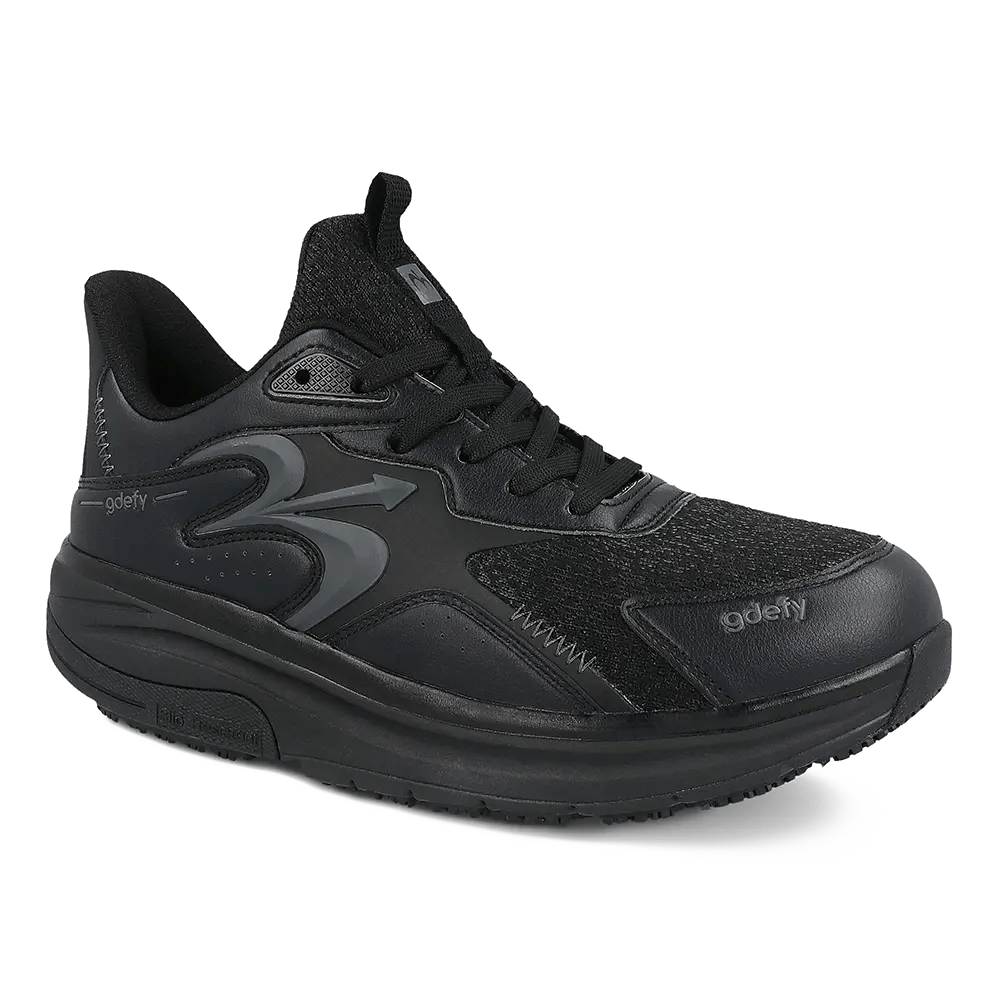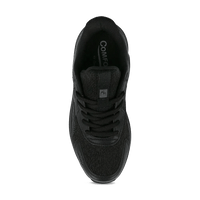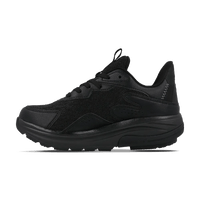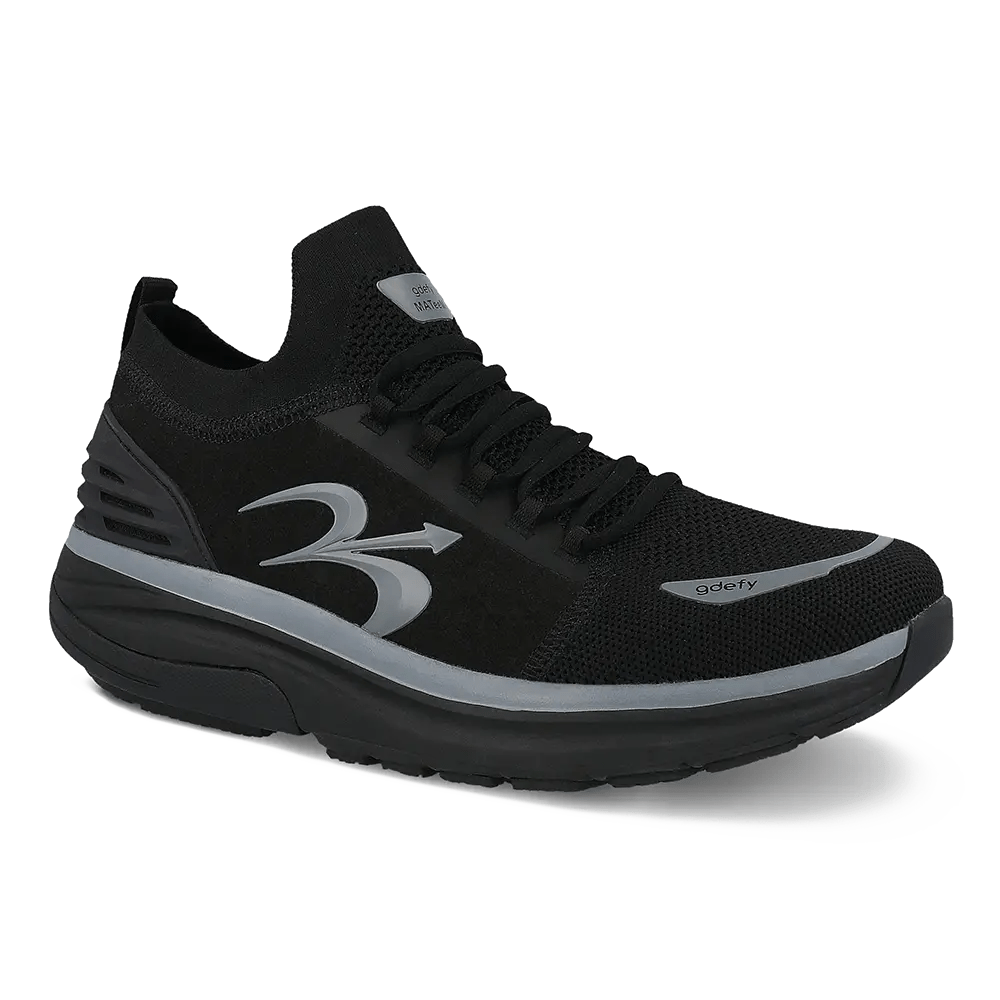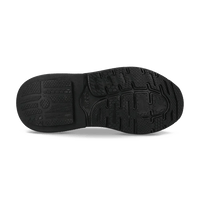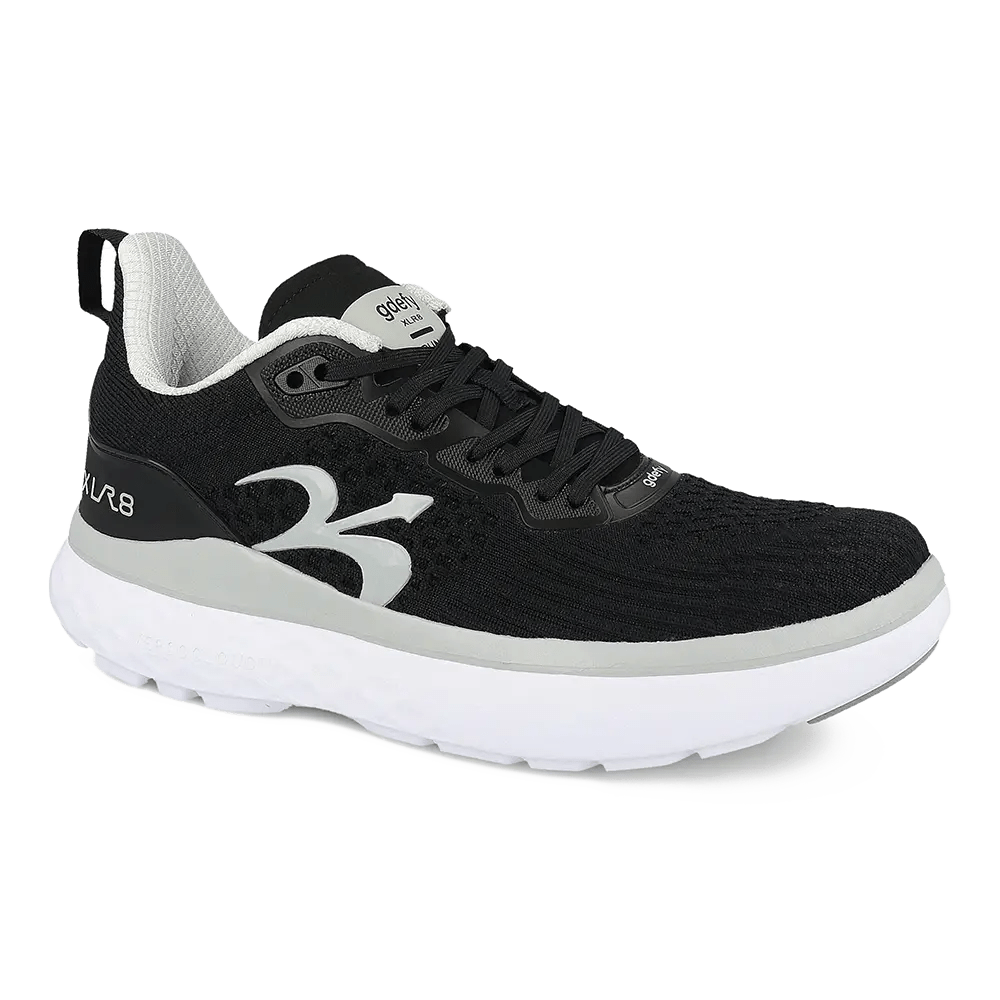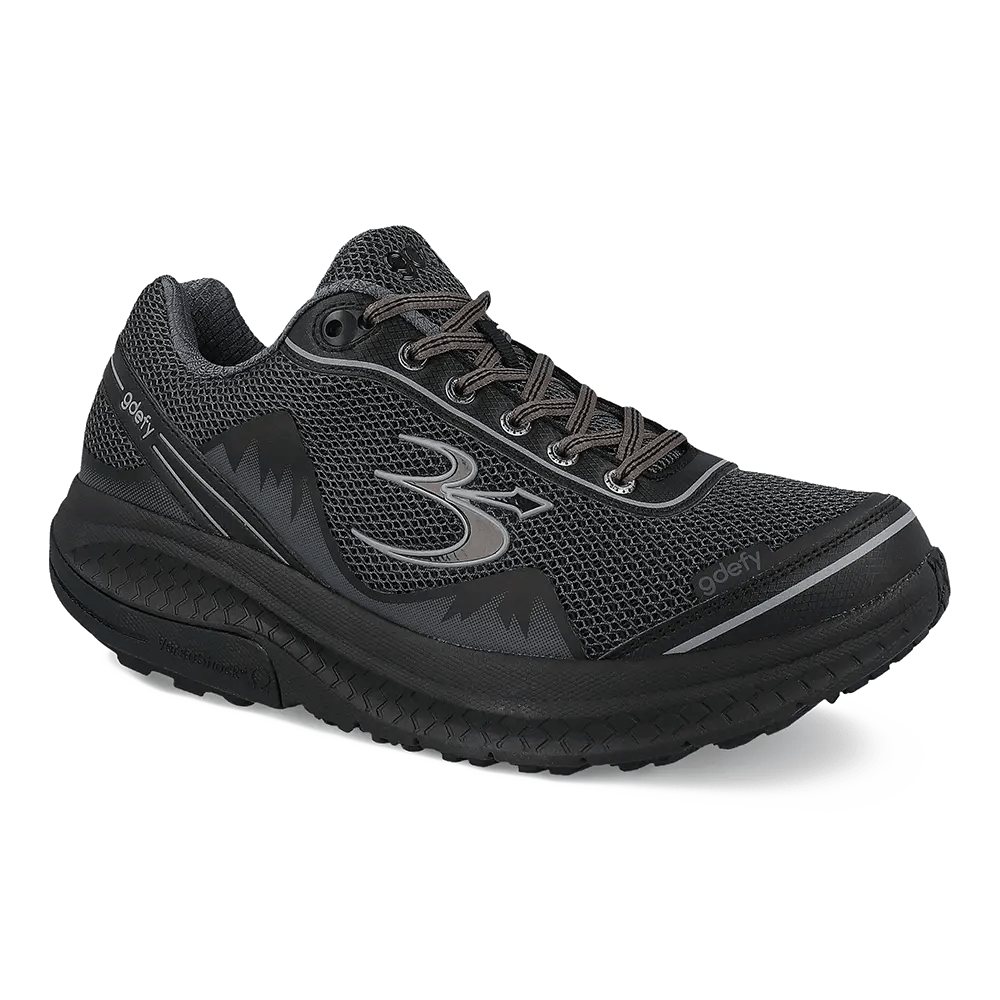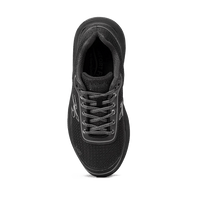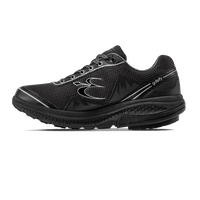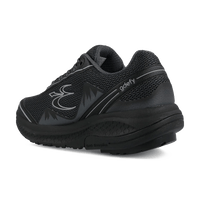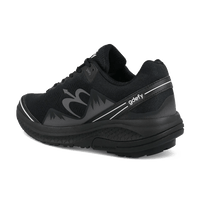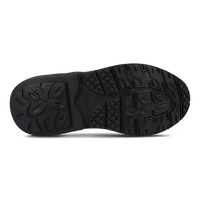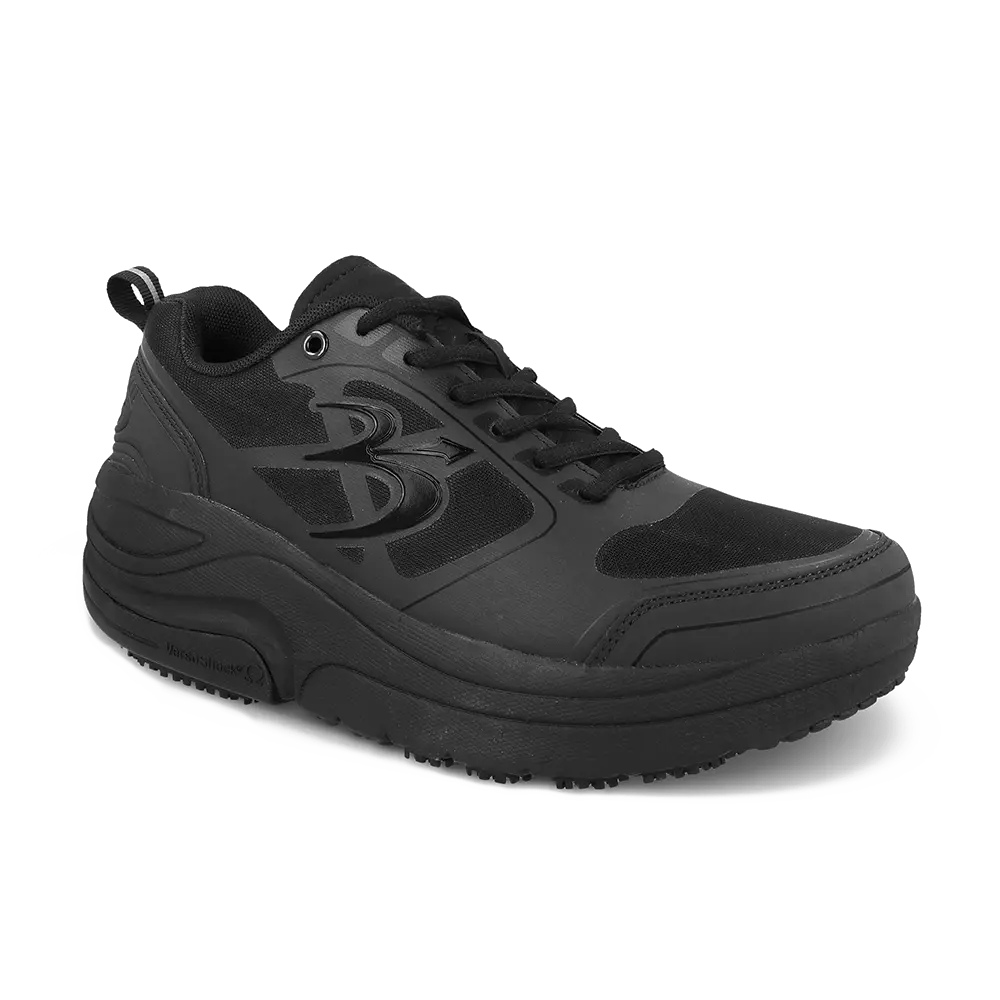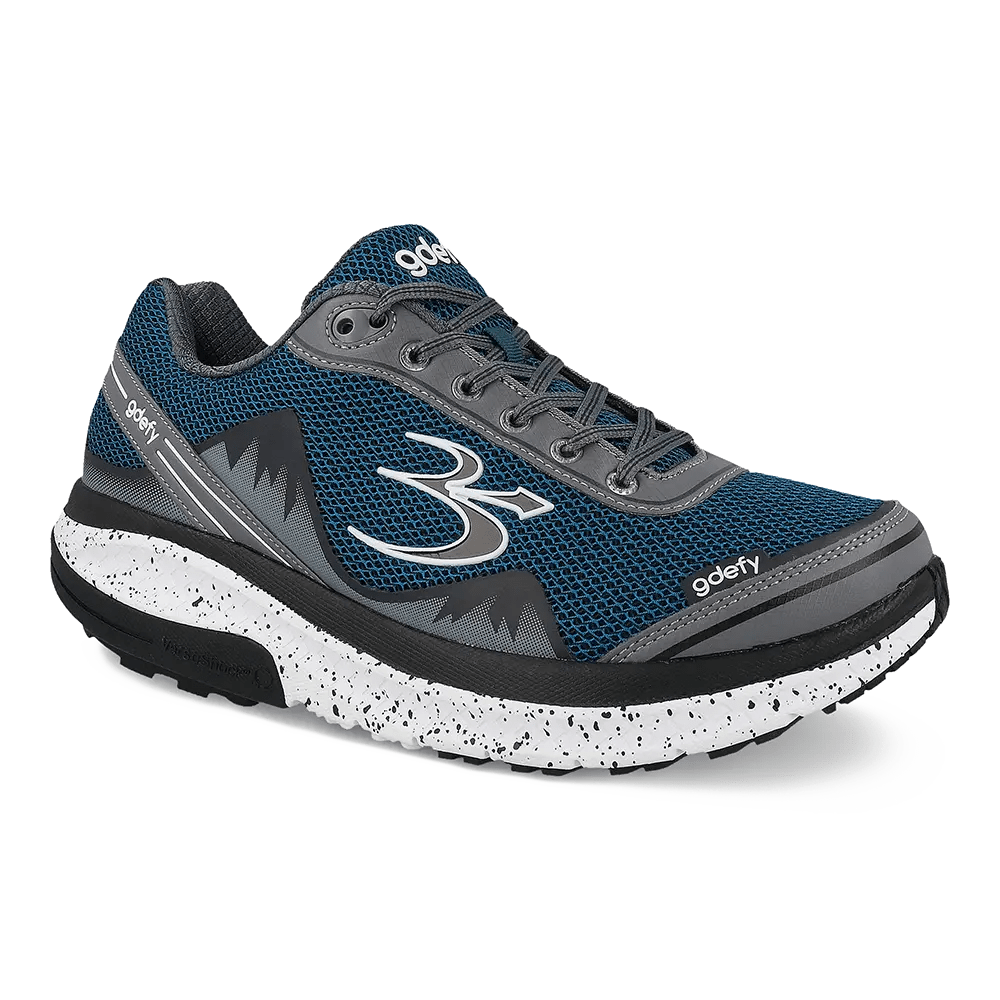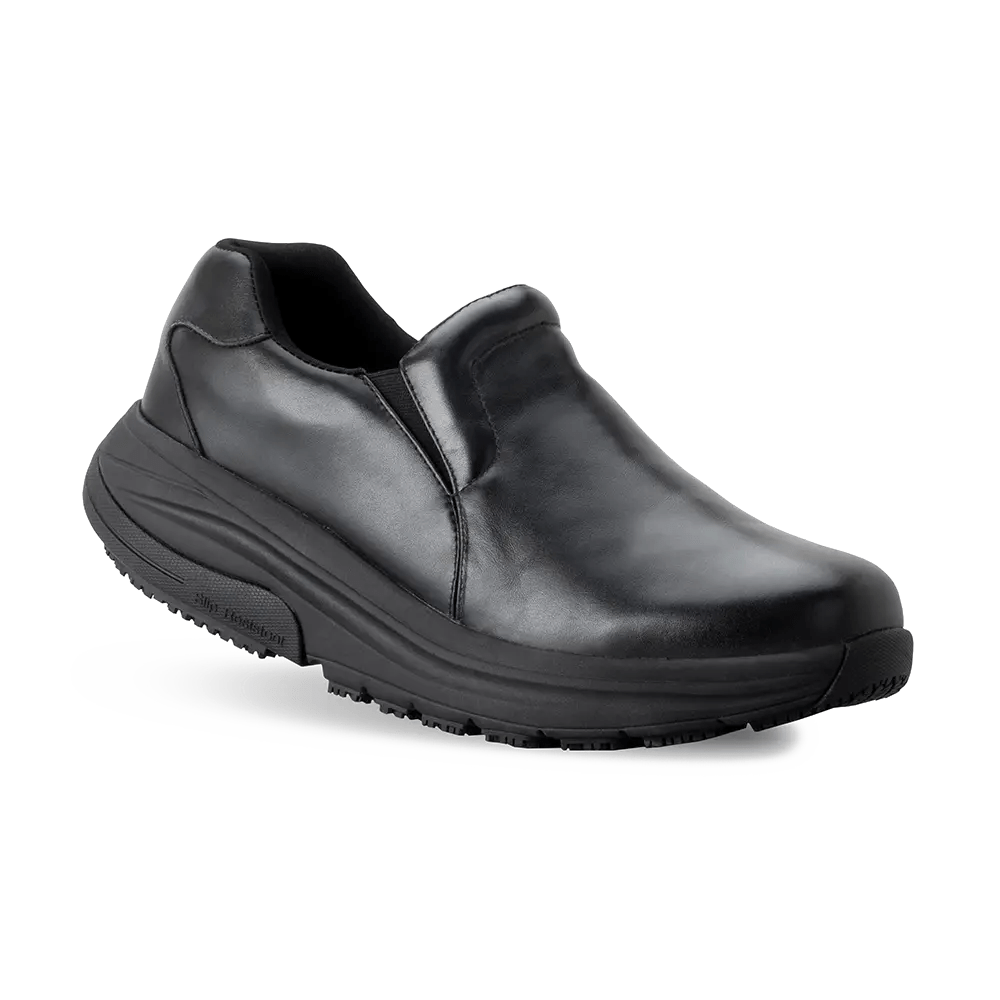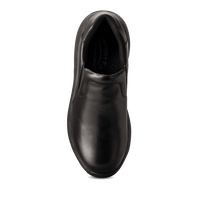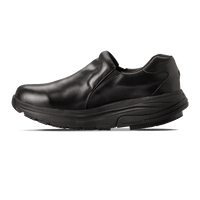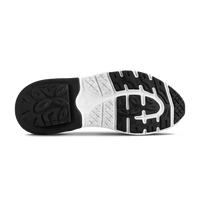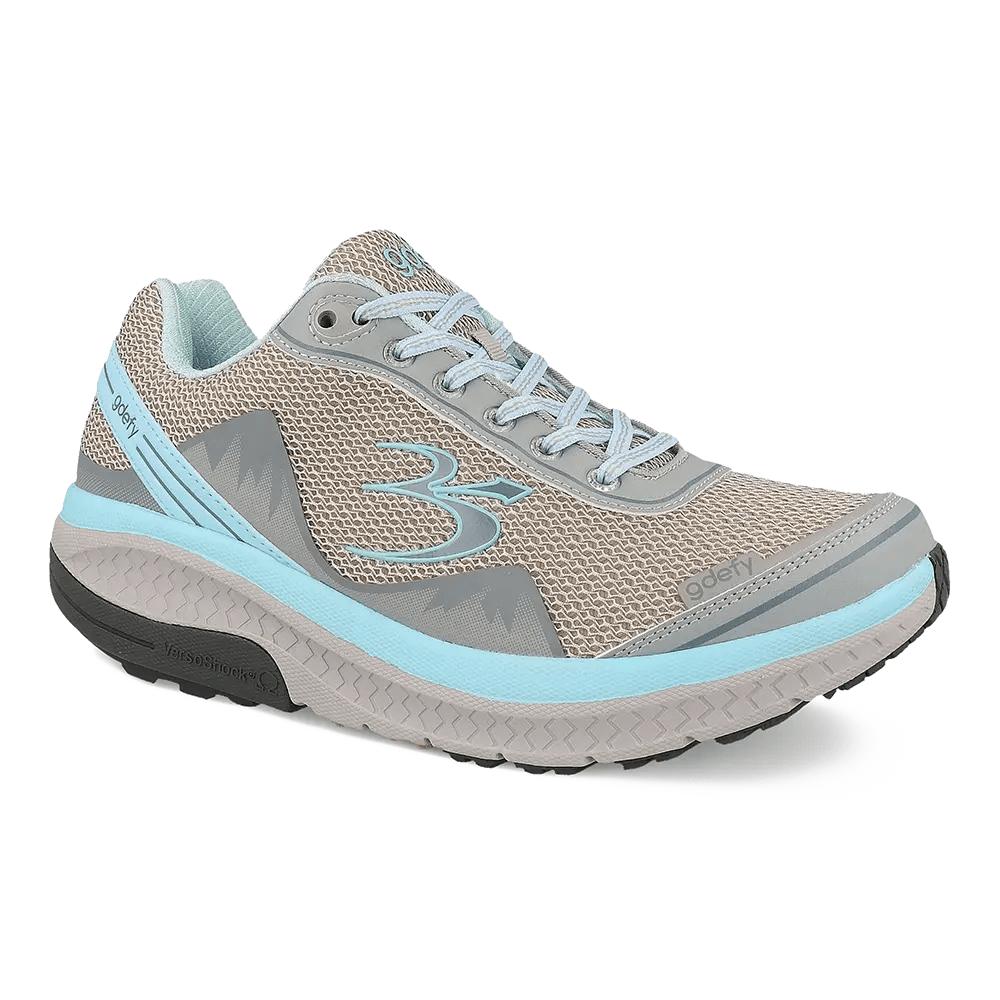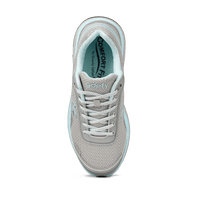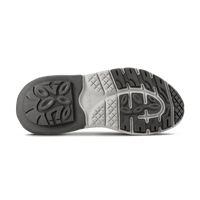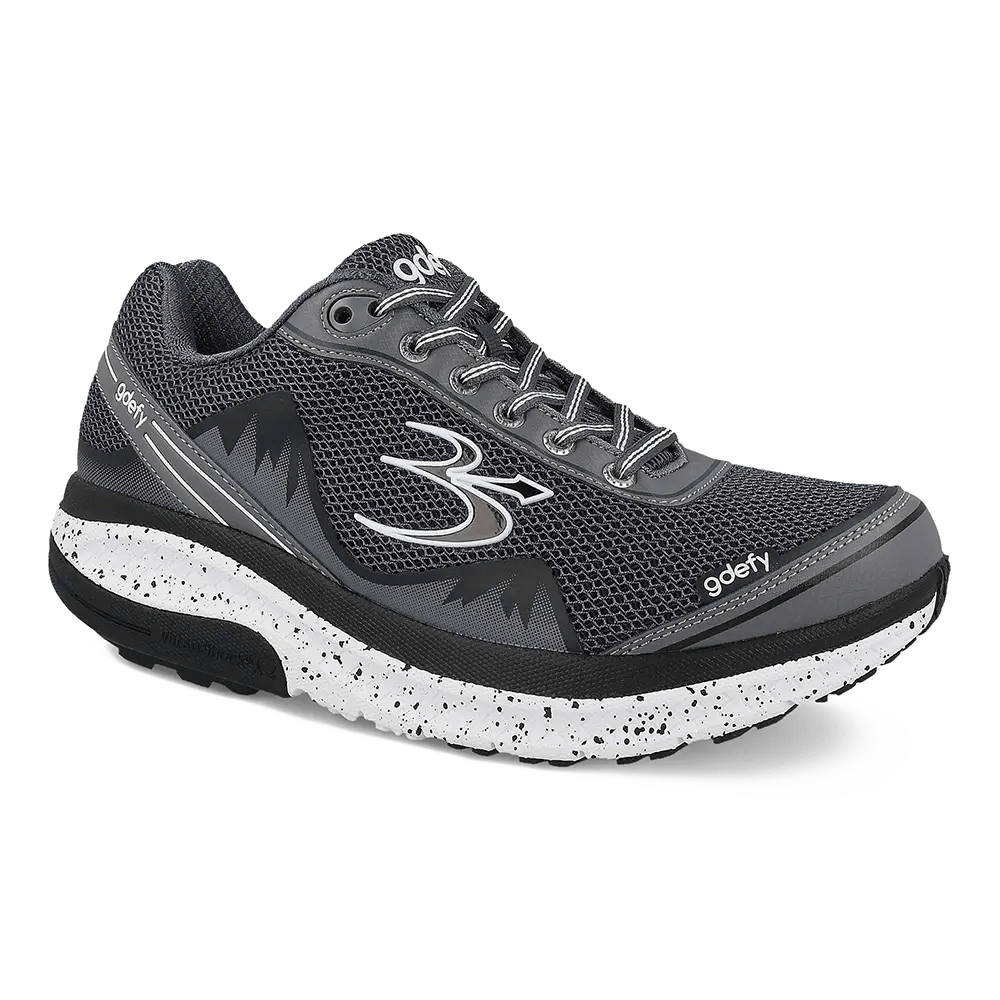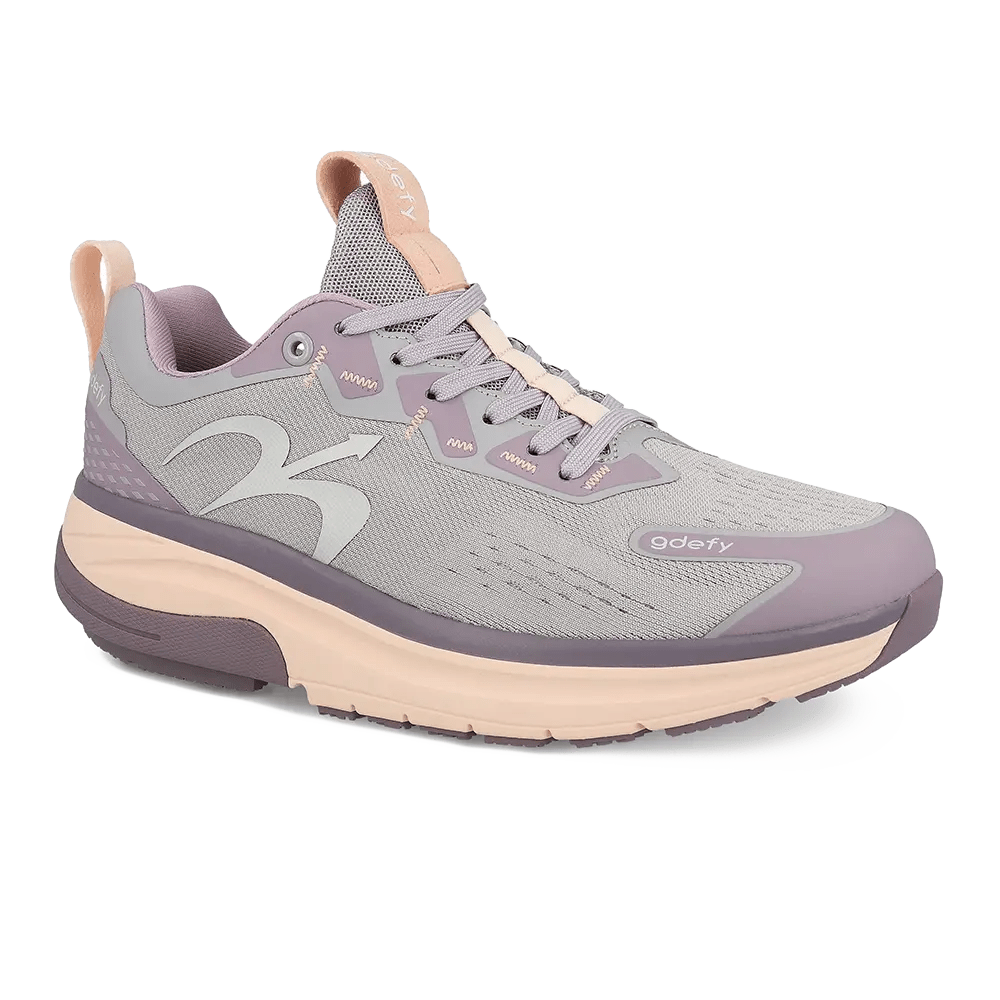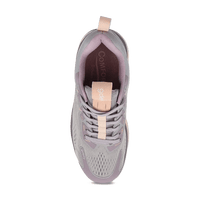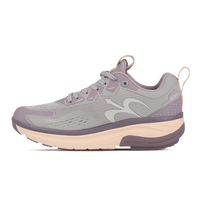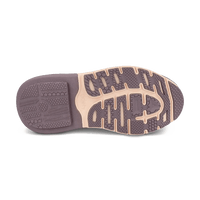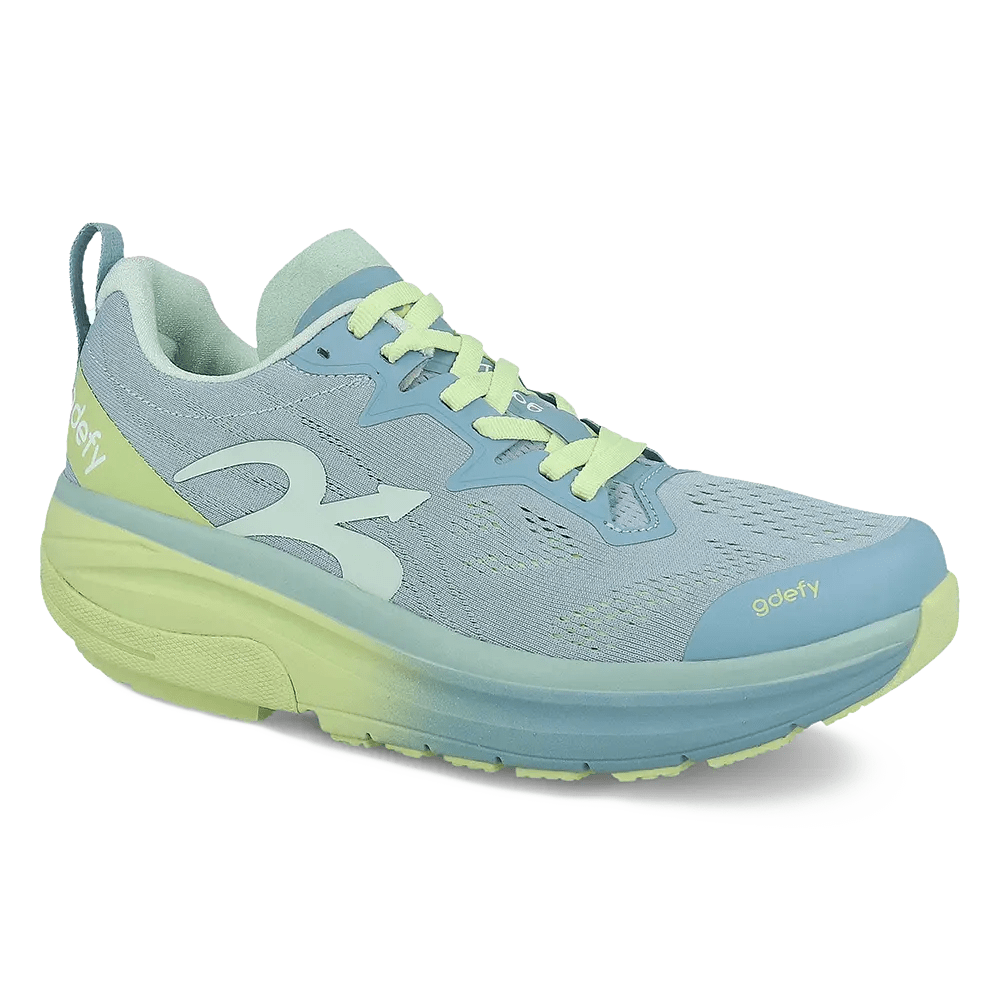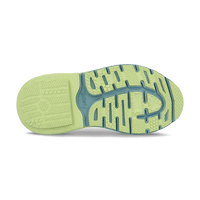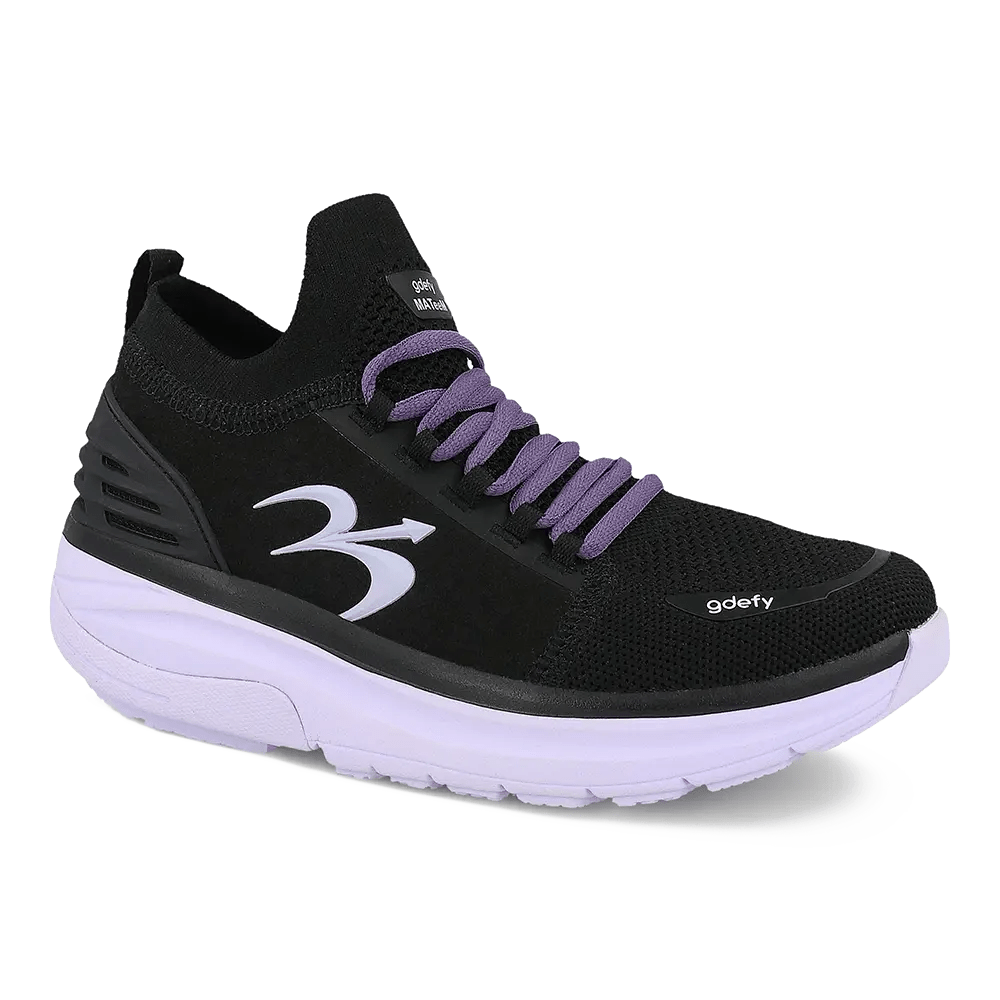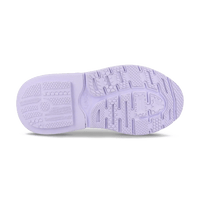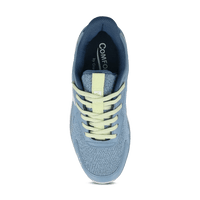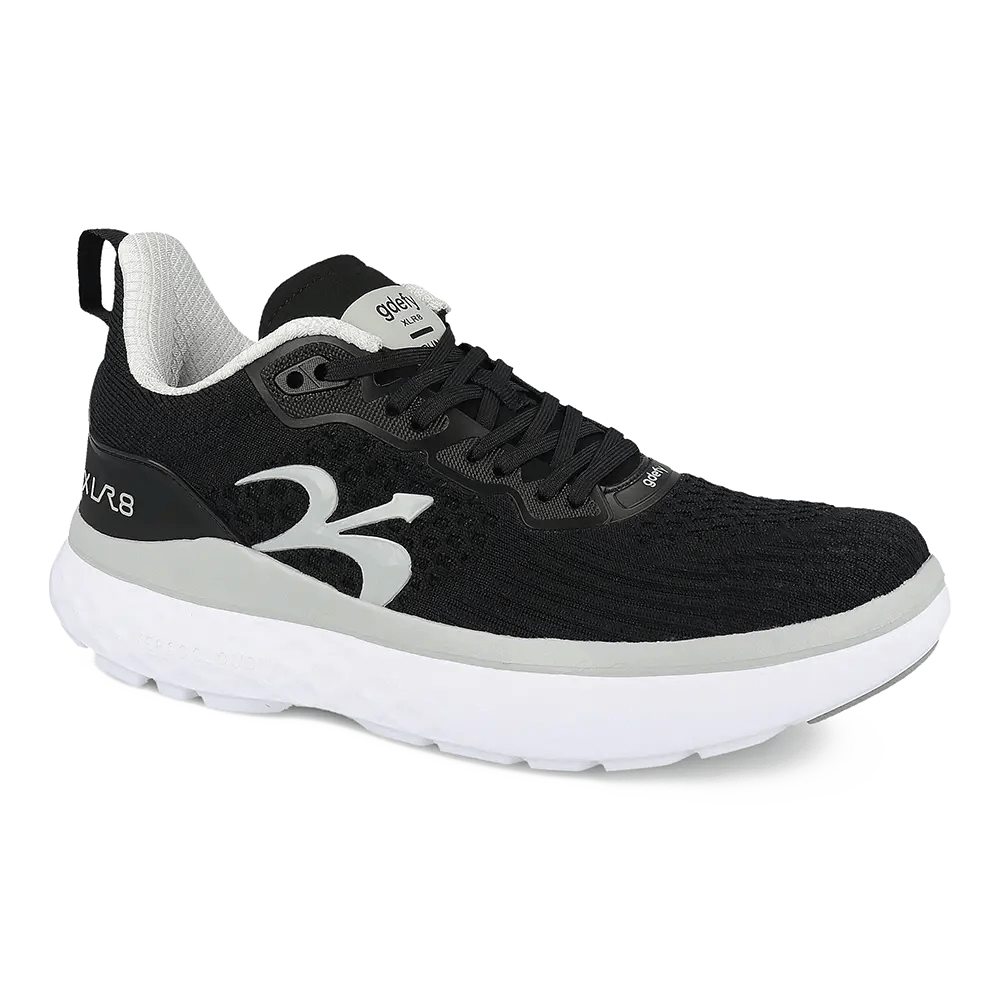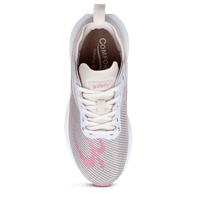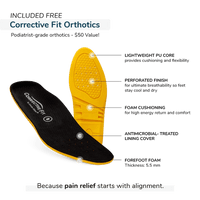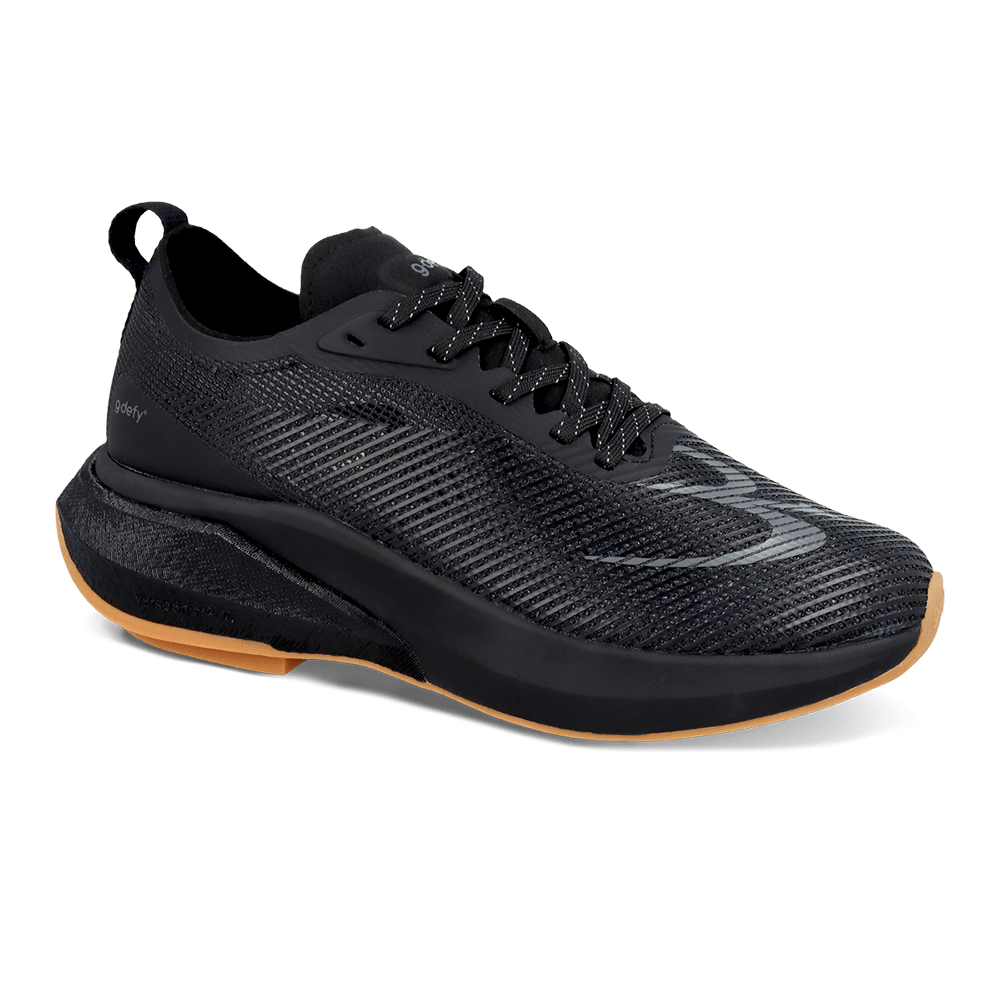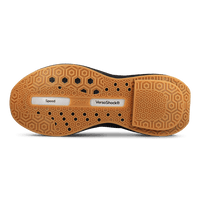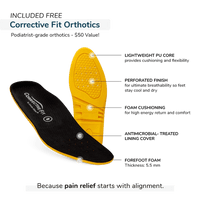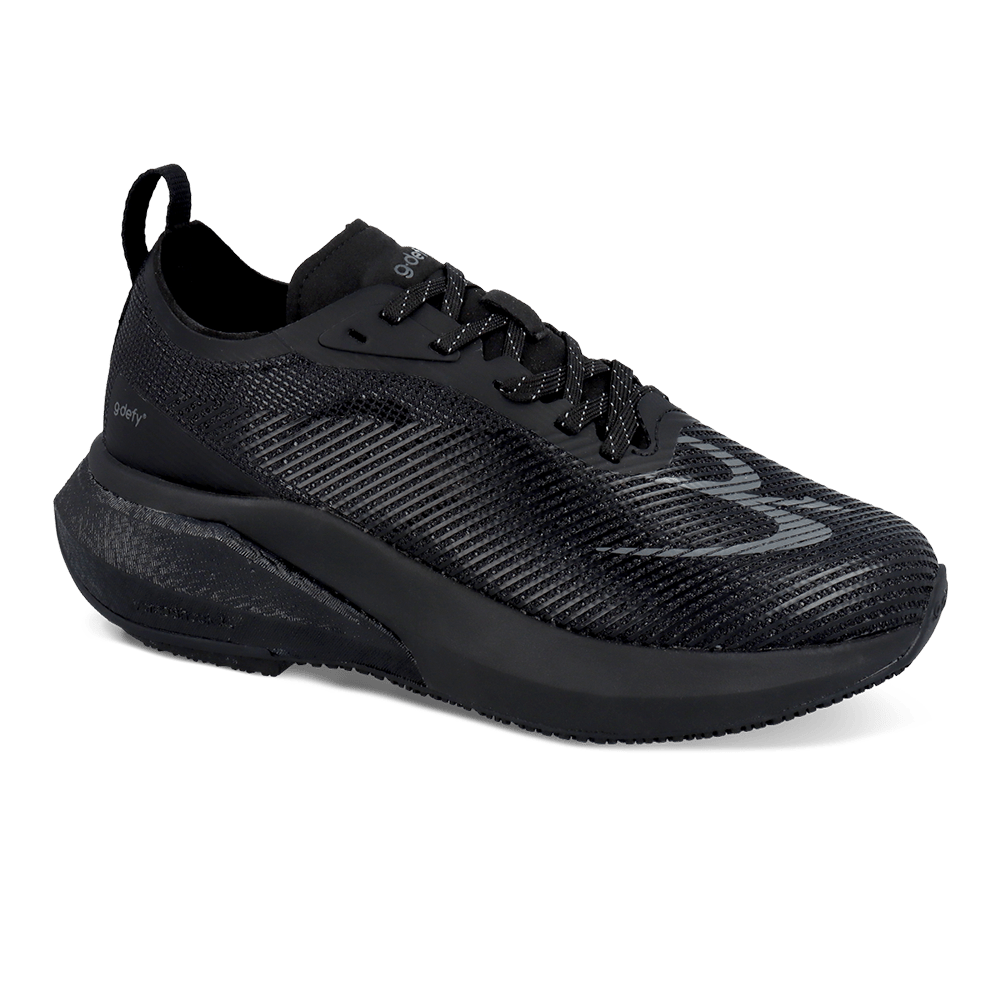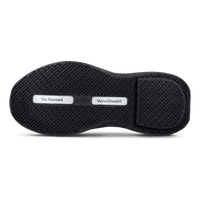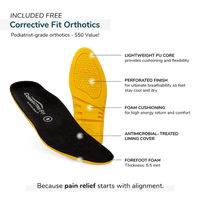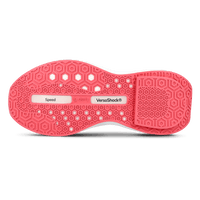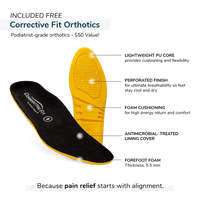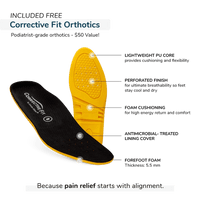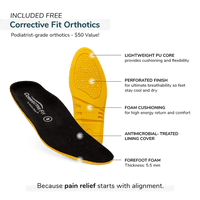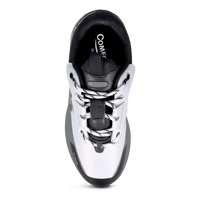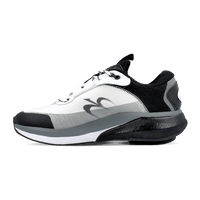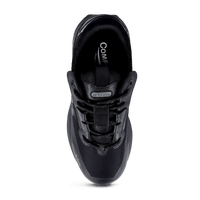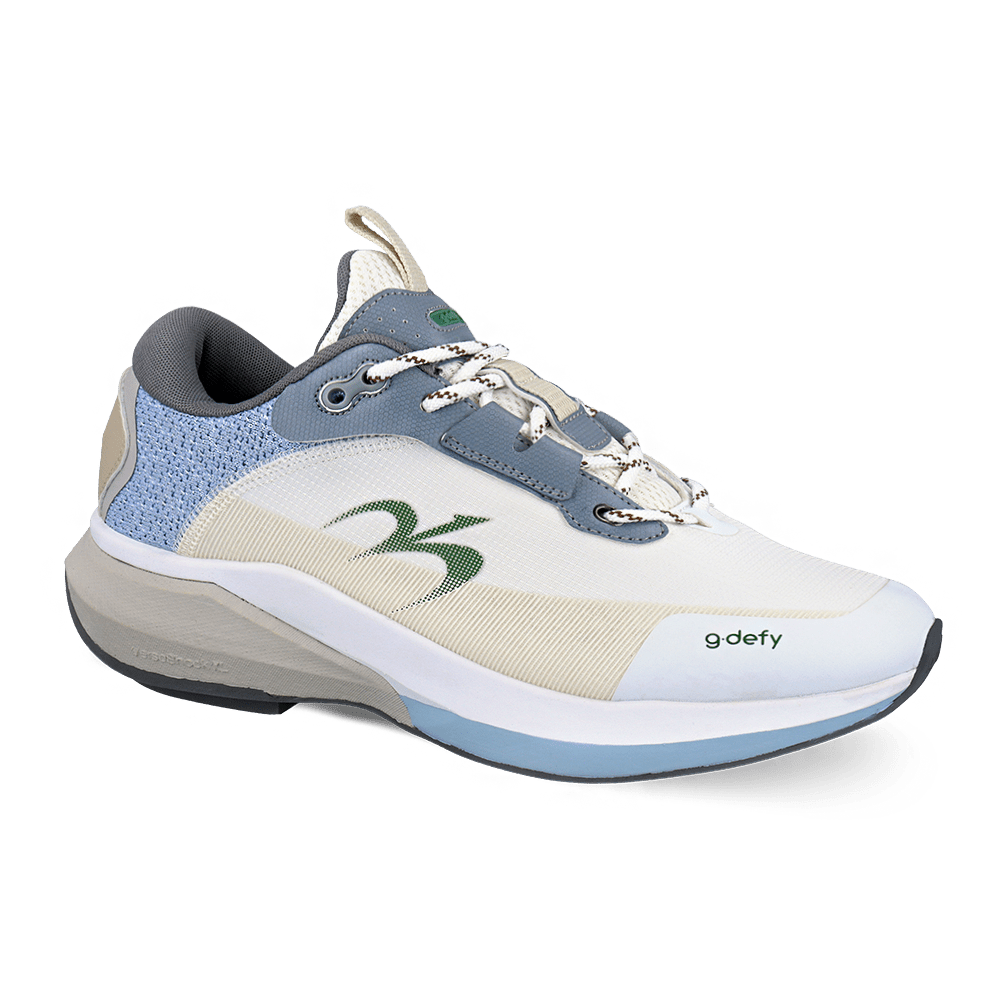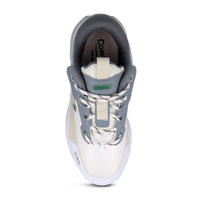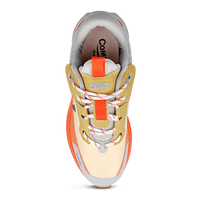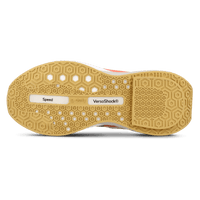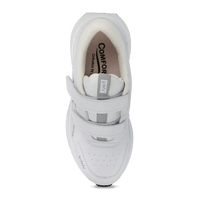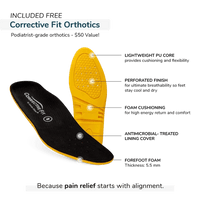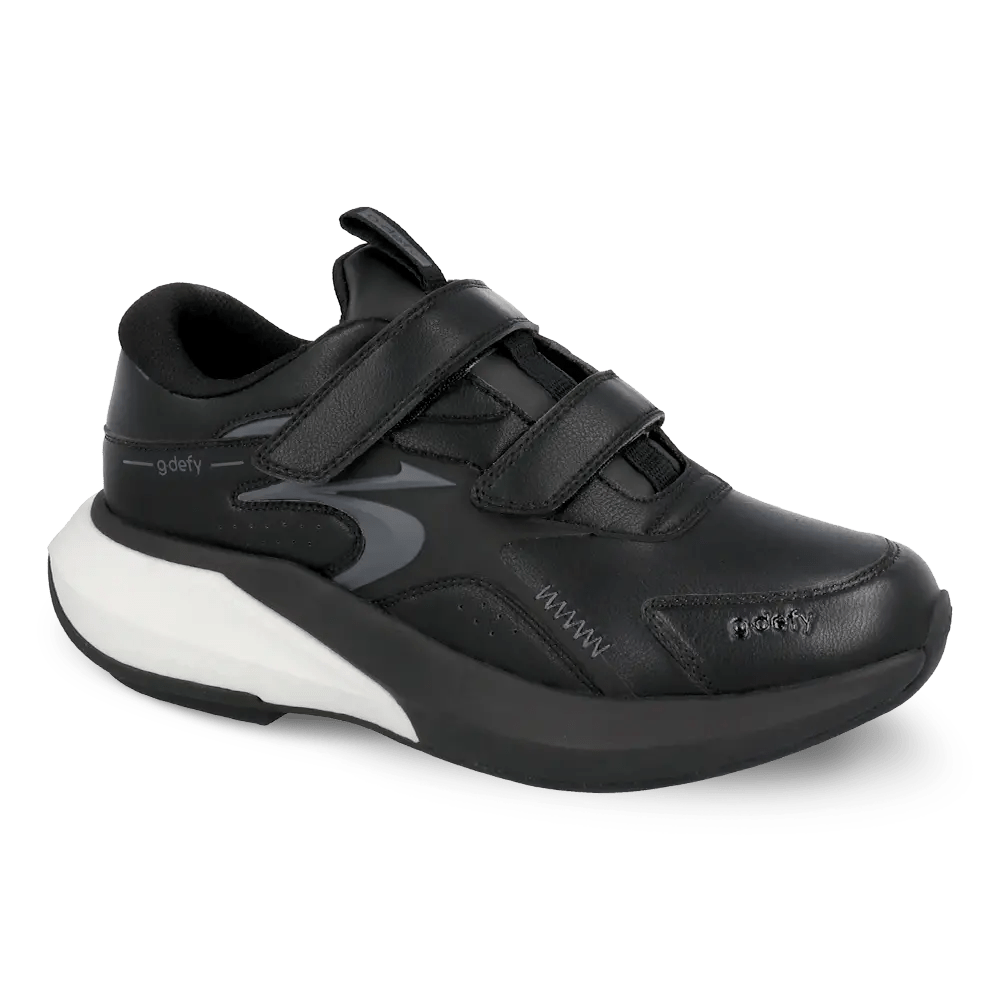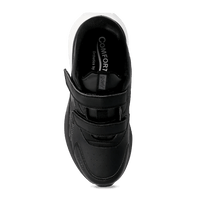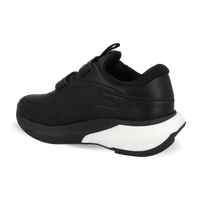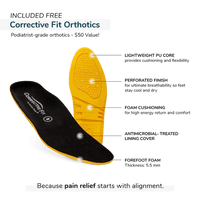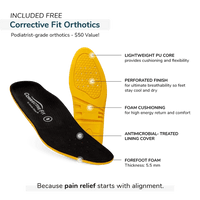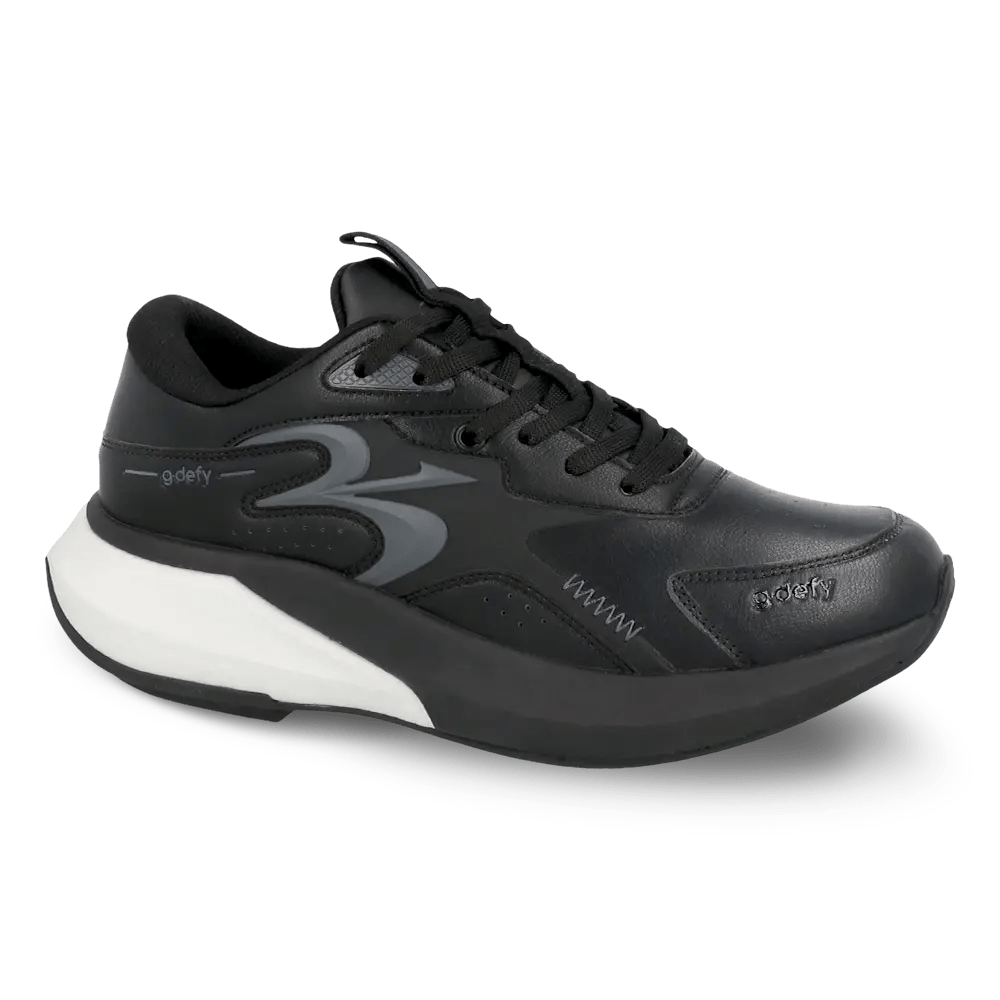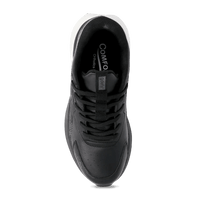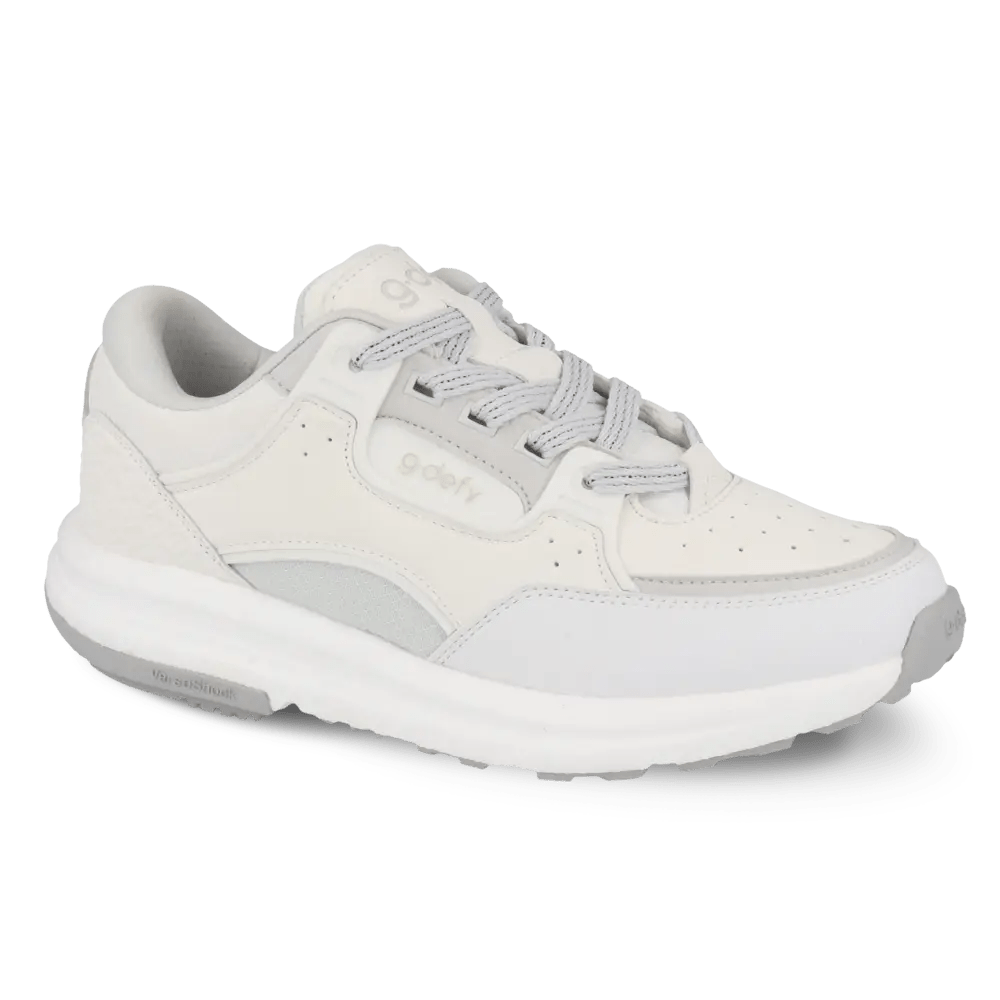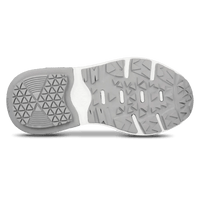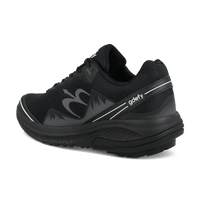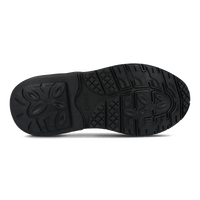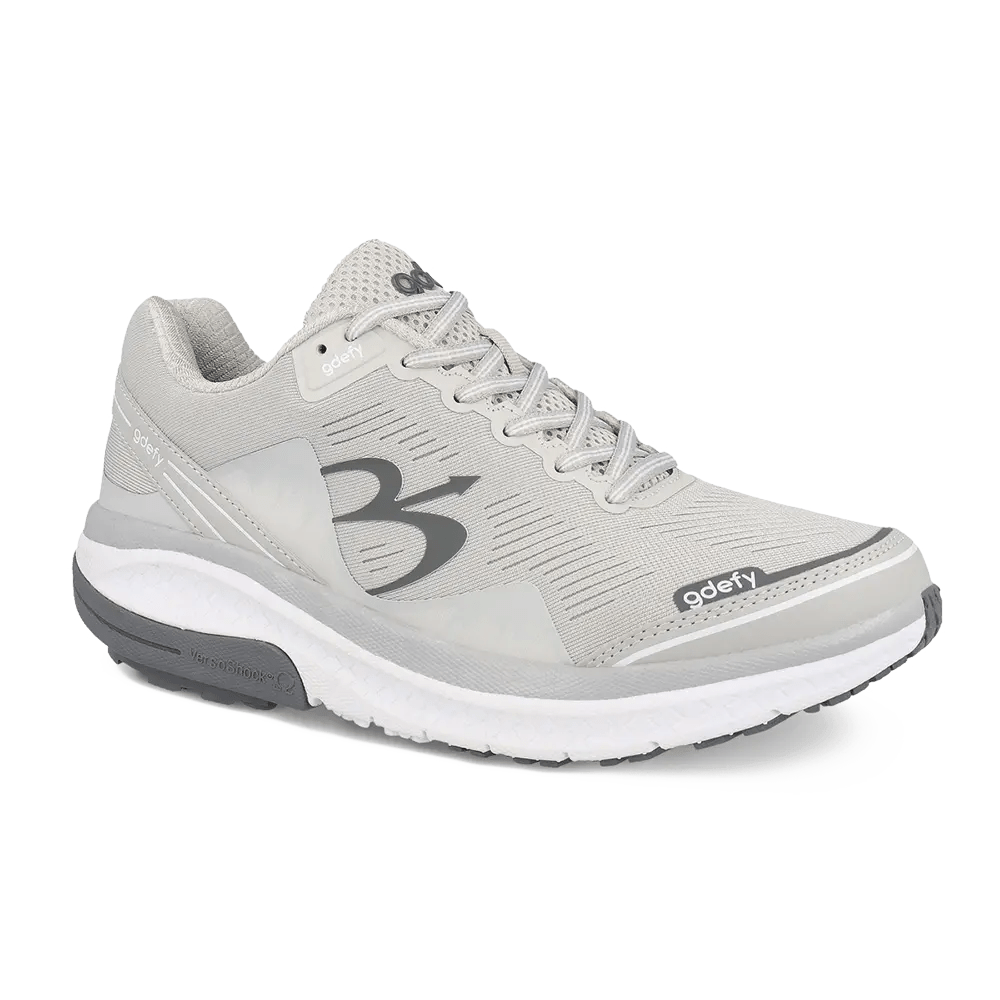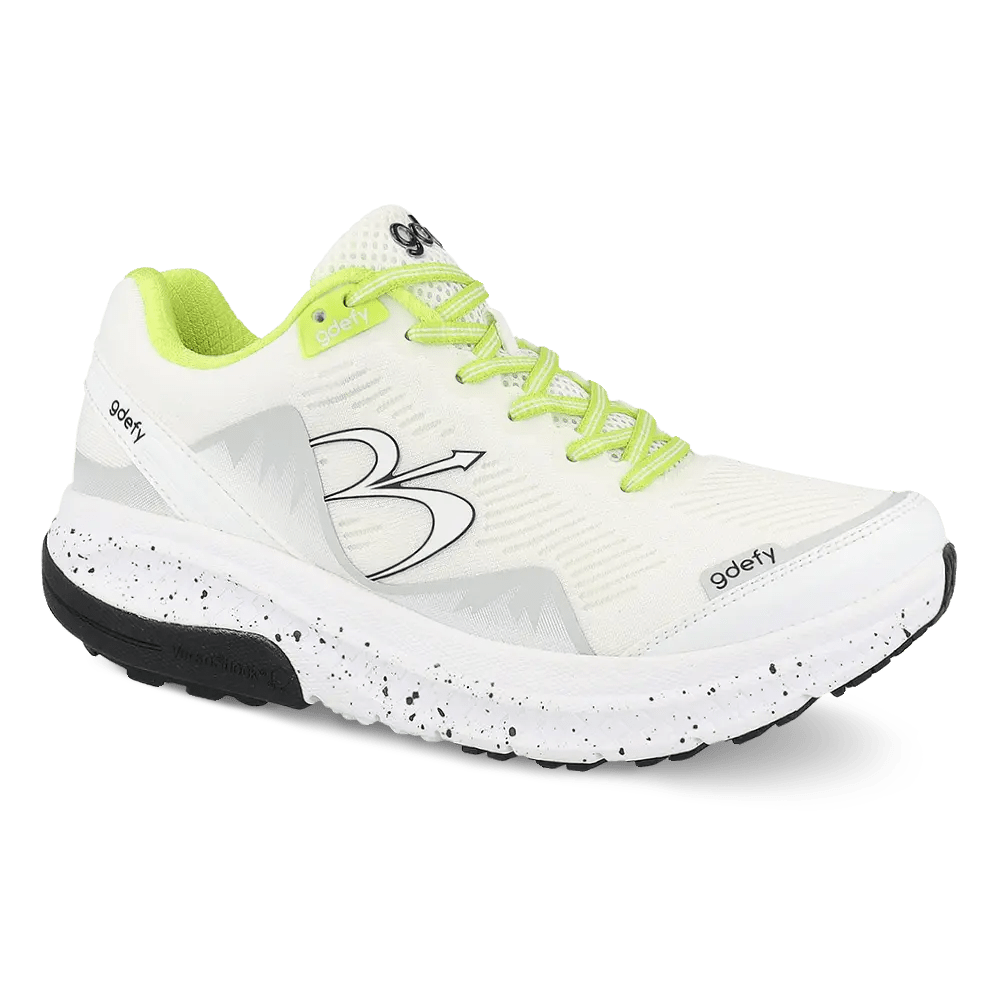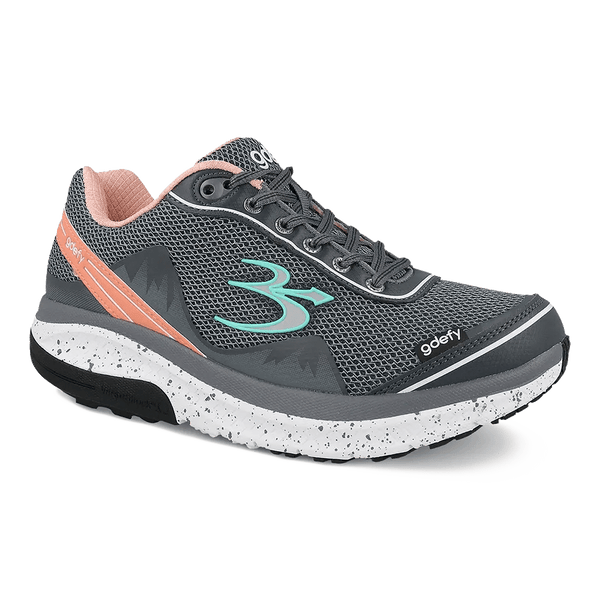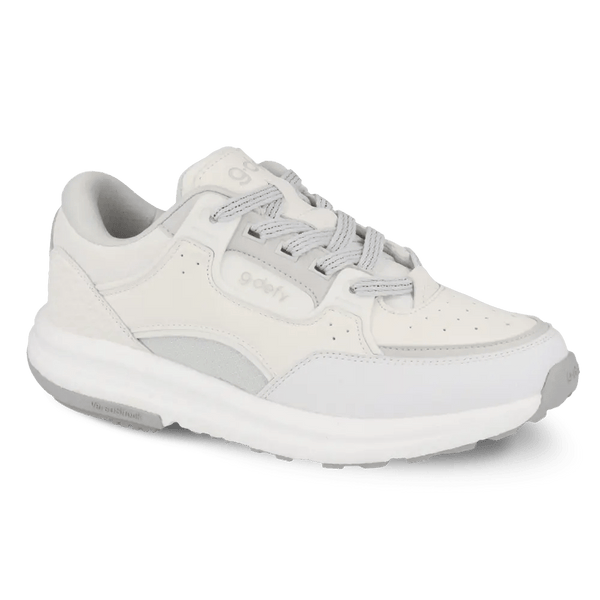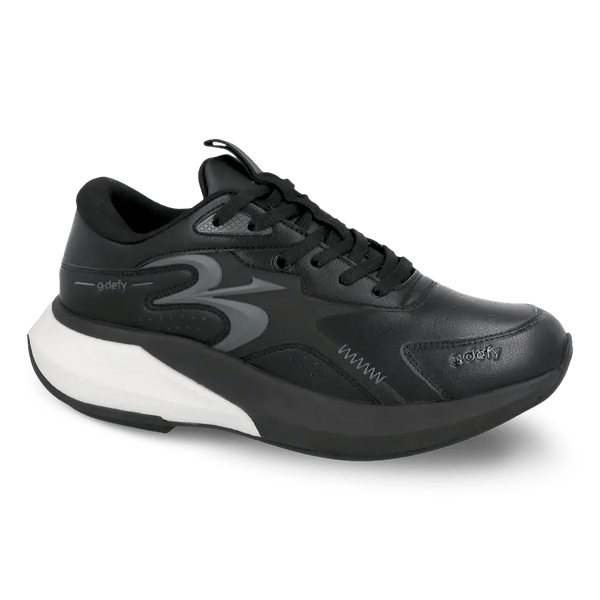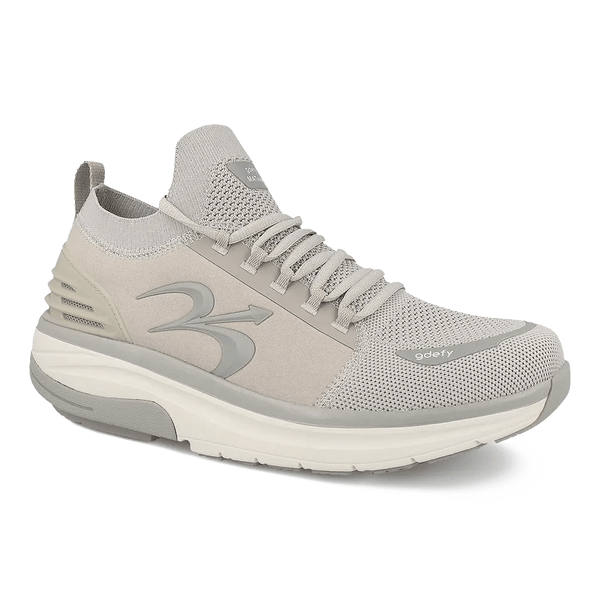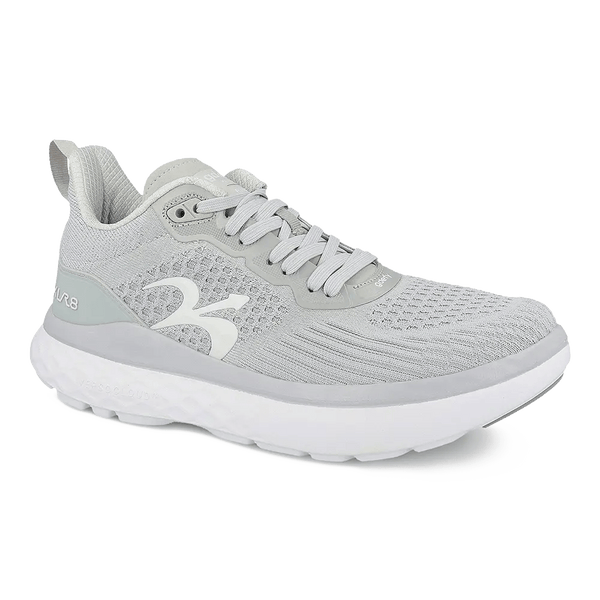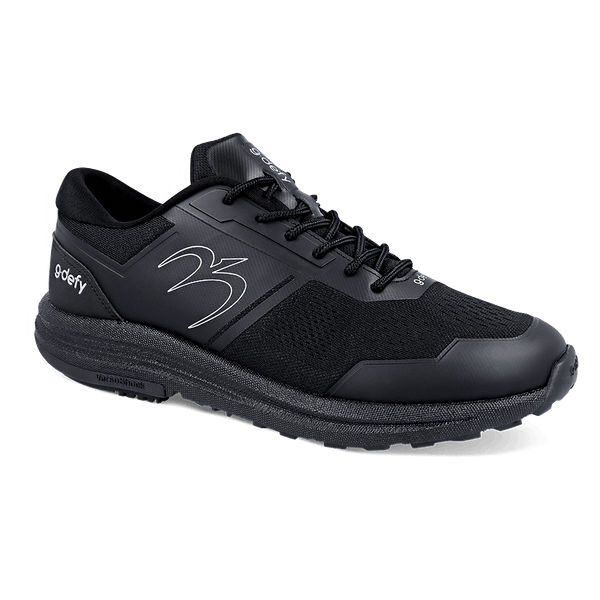May 25, 2025
Understanding Ankle Tendonitis: Causes and Treatments
By Gdefy

Summary
What is Ankle Tendonitis?
Ankle tendonitis occurs when the tendons around the ankle become inflamed. Tendons are the fibrous tissues that connect muscles to bones, and when they are overused or stressed, they can become irritated or injured. This inflammation can result in pain, swelling, and difficulty in moving the affected area. The condition is often associated with repetitive activities or sudden changes in physical activity levels, which can exacerbate the stress on these tendons.
Types of Tendonitis in the Foot
There are several types of tendonitis that can affect the foot and ankle, each involving different tendons:
- Achilles Tendonitis: This type affects the tendon connecting the calf muscles to the heel bone. It is common among runners and athletes who engage in sports requiring jumping or sudden acceleration and deceleration.
- Posterior Tibial Tendonitis: Involves the tendon that supports the arch of the foot. This condition can lead to flat feet if not treated properly, as the tendon plays a crucial role in maintaining the foot's arch.
- Peroneal Tendonitis: Affects the tendons that stabilize the foot and ankle on the outside. It often occurs in individuals who engage in sports that involve side-to-side movements, such as tennis or basketball.
- Extensor Tendonitis: Involves tendons on the top of the foot that help in moving the toes. This type is often caused by wearing shoes that are too tight or lacing shoes too tightly across the top of the foot.
Understanding these different types helps in identifying the specific condition affecting an individual, allowing for targeted treatment and management strategies.
What Causes Ankle Tendonitis?
Overuse and Repetitive Motion
Ankle tendonitis is often caused by overuse. Activities that involve repetitive motion, such as running, jumping, or even prolonged standing, can lead to this condition. Over time, these repetitive actions can cause micro-tears in the tendon fibers, resulting in inflammation. Athletes and individuals with jobs requiring long periods of standing are particularly susceptible to developing tendonitis due to the constant stress placed on the tendons.
Improper Footwear
Wearing shoes that do not fit well or lack proper support can contribute to tendonitis. High heels or worn-out shoes can put extra stress on the tendons in your feet and ankles. Shoes that do not provide adequate arch support or cushioning can also lead to improper foot alignment and increased strain on the tendons. Regularly replacing worn-out shoes and choosing footwear designed for your specific activities can help mitigate this risk.
Sudden Increase in Activity
A sudden increase in physical activity without proper conditioning can strain the tendons, leading to inflammation. For instance, beginning a new exercise regimen or significantly increasing workout intensity can overburden the tendons if the body is not adequately prepared. Gradual increases in activity levels, combined with appropriate warm-up and cool-down exercises, are essential to prevent tendon overload.
Existing Foot Problems
Pre-existing foot problems, such as flat feet or high arches, can alter the way you walk or run, placing additional stress on certain tendons. These structural issues can lead to uneven distribution of weight and increased pressure on specific tendons, making them more susceptible to inflammation. Custom orthotics or supportive footwear can help correct these imbalances and reduce the risk of tendonitis.
Symptoms of Ankle Tendonitis
The symptoms of ankle tendonitis can vary but generally include:
- Pain and Tenderness: Often felt around the affected tendon, especially during movement. This pain may be sharp or dull and can increase with activity, making it difficult to perform daily tasks.
- Swelling: The area around the tendon may become swollen and tender to touch. This swelling can be accompanied by warmth or redness, indicating inflammation.
- Stiffness: Limited range of motion in the affected foot or ankle. This stiffness is often most noticeable in the morning or after periods of inactivity, gradually improving as the day progresses.
- Crepitus: A crackling or grating sensation when moving the tendon. This sensation is caused by the movement of the inflamed tendon against surrounding tissues and can be a sign of more advanced tendonitis.
What Does Tendonitis Feel Like?
People with tendonitis often describe the pain as a dull ache, particularly when moving the affected area. The pain may worsen with activity and improve with rest. Some individuals report feeling a burning sensation along the tendon, especially after prolonged periods of activity. Recognizing these sensations early can prompt individuals to seek treatment before the condition worsens.
How to Diagnose Ankle Tendonitis
A healthcare professional will typically diagnose tendonitis based on a physical examination and a review of your symptoms. During the examination, the doctor may check for swelling, tenderness, and range of motion in the affected area. They might also recommend imaging tests, such as an X-ray or MRI, to rule out other conditions. These tests can help identify any structural abnormalities or other issues that might be contributing to your symptoms.
How to Treat Ankle Tendonitis
Rest and Ice
The first step in treating ankle tendonitis is to reduce inflammation. Rest the affected area and apply ice packs several times a day to decrease swelling. Resting allows the tendon to heal and prevents further injury, while ice can help numb the area and reduce pain.
Compression and Elevation
Using a compression bandage can help reduce swelling, while elevating your foot can improve circulation and speed up healing. Compression can also provide support to the affected area, minimizing movement and further irritation. Elevation helps reduce blood flow to the area, decreasing inflammation and promoting faster recovery.
Medication
Over-the-counter pain relievers, such as ibuprofen or aspirin, can help manage pain and reduce inflammation. These medications work by blocking the chemicals in the body that cause inflammation, providing relief from discomfort. However, they should be used as directed and not relied upon for long-term management without consulting a healthcare provider.
Physical Therapy
A physical therapist can design a customized exercise program to strengthen the muscles around the ankle and improve flexibility. These exercises can help restore normal function and prevent future occurrences of tendonitis. Physical therapy may also include techniques such as ultrasound or massage to promote healing and reduce pain.
Orthotics and Proper Footwear
Wearing supportive shoes or custom orthotics can help reduce strain on the tendons and provide relief. Orthotics are specially designed shoe inserts that can correct foot alignment and distribute weight more evenly, alleviating pressure on the tendons. Choosing footwear with adequate support and cushioning is also crucial in preventing and managing tendonitis.
Advanced Treatment Options
If conservative treatments do not provide relief, your doctor may recommend more advanced options, such as:
Corticosteroid Injections
These can provide temporary relief by reducing inflammation. Corticosteroids are powerful anti-inflammatory agents that can be injected directly into the affected area, providing rapid pain relief. However, they are typically used as a short-term solution due to potential side effects with prolonged use.
Surgery
In severe cases, surgical intervention may be necessary to repair or remove damaged tissue. Surgery is usually considered when other treatments have failed to provide relief and the condition significantly impacts daily life. The procedure may involve removing inflamed tissue or repairing tears in the tendon, with the goal of restoring normal function.
How to Prevent Ankle Tendonitis
Prevention is always better than cure. Here are some steps you can take to prevent tendonitis:
- Warm-Up: Always warm up before engaging in physical activities. A proper warm-up increases blood flow to the muscles and tendons, preparing them for activity and reducing the risk of injury.
- Stretching: Regularly stretch your calves, Achilles tendon, and foot muscles. Stretching helps maintain flexibility and prevent the tightening of muscles and tendons, which can lead to injury.
- Gradual Increase in Activity: Increase your activity level gradually to avoid overloading your tendons. A gradual approach allows your body to adapt to increased demands, reducing the risk of tendonitis.
- Proper Footwear: Wear shoes that fit well and provide adequate support. Choosing the right footwear for your activities can prevent improper foot alignment and reduce stress on the tendons.
Can Tendonitis Be Cured?
While tendonitis can often be managed effectively with treatment, it may take time for symptoms to completely resolve. The duration of recovery varies depending on the severity of the condition and adherence to treatment recommendations. Early intervention and consistent care are key to successful recovery. By addressing symptoms promptly and following a comprehensive treatment plan, individuals can achieve significant improvements and prevent future occurrences.
Conclusion
Ankle tendonitis can be a painful and limiting condition, but with proper understanding and management, you can reduce symptoms and prevent future occurrences. If you suspect you have tendonitis, consult with a healthcare professional to develop a treatment plan tailored to your needs. Remember, taking care of your feet and ankles through proper footwear, activity modification, and stretching can go a long way in keeping tendonitis at bay. With the right approach, individuals can effectively manage their condition and maintain an active lifestyle.



